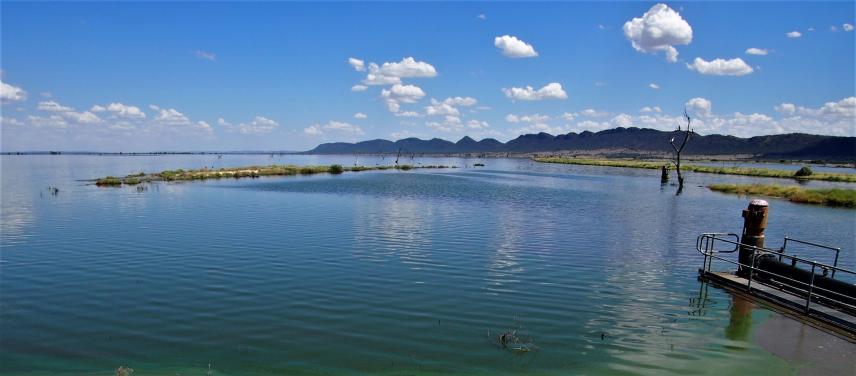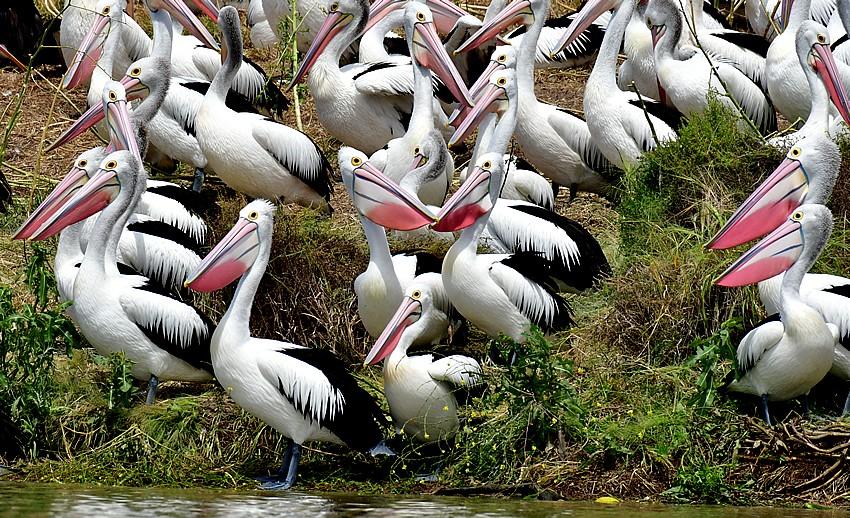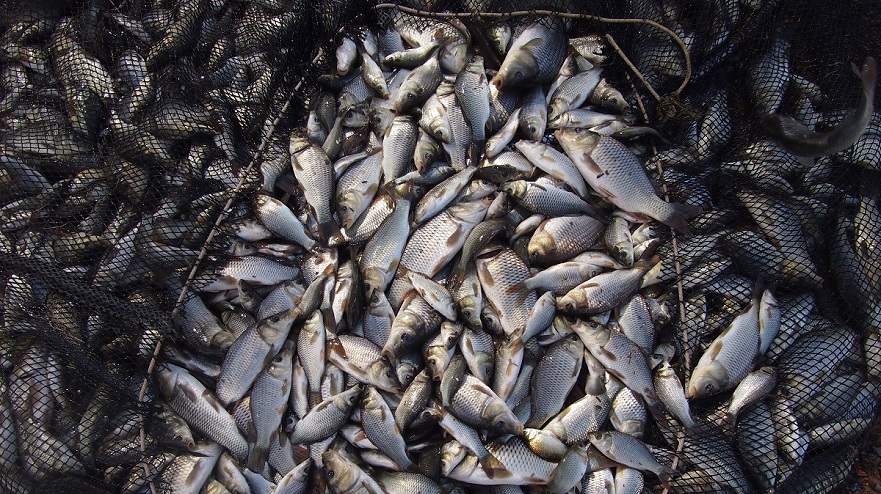This World Wetlands Day, 2 February, the MDBA is showcasing stories from an independent researcher, Dr Kerezy. Read his story about how Lake Brewster has become Australia’s top inland nesting site for pelicans, thanks to the right balance of water for the environment.
Lake Brewster is halfway between Lake Cargelligo and Hillston, within the lower Lachlan catchment of New South Wales. It is used in conjunction with Wyangala Dam and Lake Cargelligo to regulate the Lachlan River, providing water for downstream users and the environment.

Completed in 1952, Lake Brewster can hold up to 150,000 megalitres. The lake is shallow, generally less than 3 meters deep. The water level fluctuates due to filling and draining. So, it functions as a wetland for many native species.
After wetter-than-average years, Australian pelicans flock to Lake Brewster. They form large breeding groups on the exposed banks in spring and summer. The largest colony had 49,500 nests between September 2022 to March 2023. Thousands of hatchlings, affectionately known as ‘pinkies’, were raised there until the cold weather in April.

Lake Brewster is ideal for pelican breeding, ironically because the exposed banks created during construction provide perfect predator-free islands – a must for birds that nest on the ground.
The lake also provides the pelicans and their young with a never-ending supply of fish. Sometimes the birds eat native bony herring. But, as summer goes on, they rely almost entirely on one of Australia’s worst invasive species: carp.
To keep water levels perfect for the pelicans, an environmental watering strategy is run by the NSW Government in conjunction with WaterNSW. By keeping the water level high enough to create the nesting islands, but not so high that it inundates them, the pelicans now have more places to nest and more of their chicks can survive.
Government agencies, universities, and private contractors have closely monitored the pelican breeding seasons at Lake Brewster. They have learned from, and continue to contribute to, the ongoing success of this site by managing the wetland habitat. By giving the pelicans just enough water, but not too much, the lake is now considered the most important inland pelican rookery in Australia.
With another pelican hatching season ending soon, it’s hoped the pelicans will keep coming to Lake Brewster every year.
If you see a pelican with an orange leg band, it means it was banded at Lake Brewster.
There are also blue bands for young birds banded in the Gayini Wetlands, NSW. Red leg bands for pelicans in Gippsland Lakes, Victoria, green leg bands in Westernport Bay, Victoria, and black leg bands for Narran Lakes, NSW.
Researchers have banded these pelicans to learn more about their movements. WaterNSW, the University of NSW, and the NSW Environment and Heritage Group are running this project. You can help by reporting if you see a banded bird. The data will help researchers to know if, and how often, pelicans return to where they hatched.
An orange-banded pelican from Lake Brewster was actually reported as far away as Noosa, Queensland.
For more information on how to report your sightings, visit the NSW Department of Planning and Environment website.


